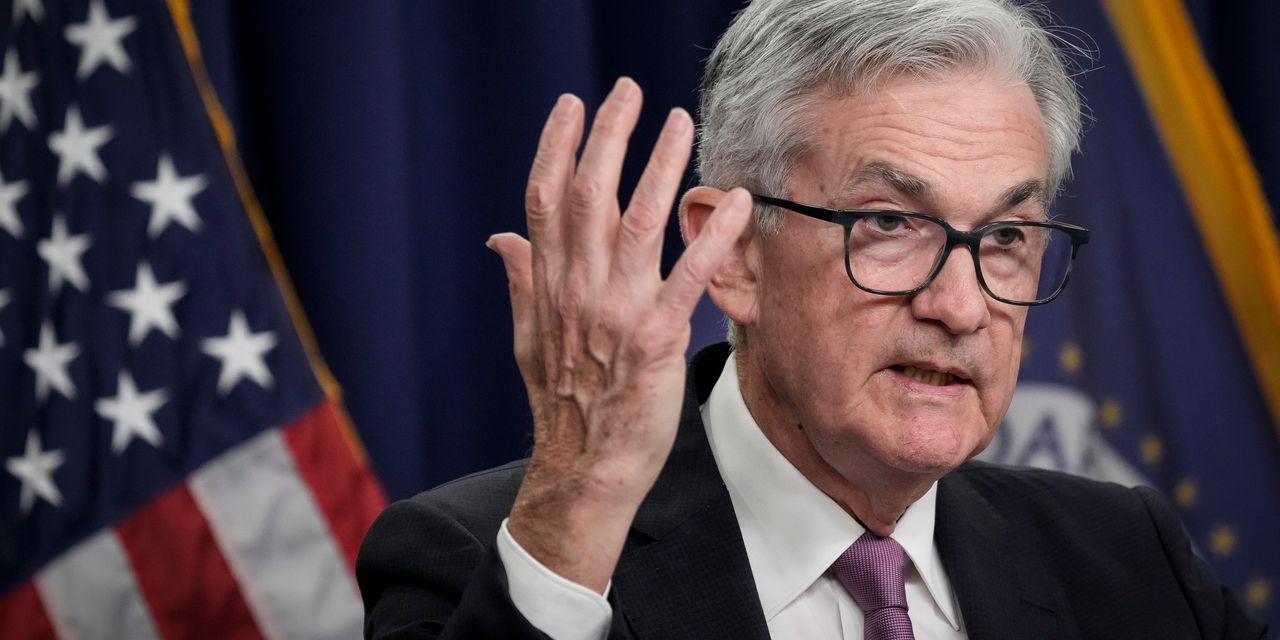With inflation running high for the last 14 months, we can sadly conclude it’s entrenched, will be difficult to conquer and is hardly the province of the Federal Reserve alone.
The present morass stems from both sides of the supply-demand scissor.
Too much COVID spending and the Federal Reserve printing money to finance resulting federal deficits created too much liquidity chasing too few goods.
Pandemic relief sent money to folks who needed help but many that didn’t. Households and nonprofits have $3 trillion in savings and checking accounts that they didn’t have prior to the pandemic.
The Fed, by running down its bond holdings by $47.5 billion monthly and $90 billion starting in September, is taking too much time to suck out all the excess liquidity in the system.
Global supply shortages
Global and U.S. supplies of what Americans buy have been reduced by an inadequate response to fallout from climate change on global agriculture, Russian President Vladimir Putin’s Black Sea blockade of Ukrainian food exports, Western sanctions that curtail Russian petroleum exports, interruptions in global chip production, and disruptions to global shipping and manufacturing that linger from COVID.
Normally, higher interest rates would trim car sales and inspire auto makers to offer big discounts. But with chip shortages continuing and auto production curtailed, new vehicles are terribly scarce and prices are booming.
Housing shortages were acute before the Fed started pushing up mortgage rates. Now folks that can’t afford those are pushing rents at dramatic speed.
Higher mortgage interest rates are limiting the demand for new homes, but fewer will be built and shortages will persist. Expensive rentals enable builders and owners of existing homes to keep raising asking prices.
The cost of shelter is about one-third of the consumer price index. The longer inflation sticks above 8%, the more likely higher mortgage rates will have to reach 10% to break housing inflation.
Domestic drilling curtailed
Domestic drilling, at least so far, has been curtailed by Biden administration leasing policies, higher federal royalty rates and subjecting refineries to tougher ethanol regulations. And government scapegoating and industry fears of an adverse regulatory environment.
Vehicle manufactures won’t be offering mostly EVs until the 2030s and the average life of a new car is 12 years. Consequently, the majority of vehicles on the road will be petroleum-fueled until the late 2030s. Longer if the auto industry can’t find enough lithium, and that’s proving a challenge.
Russia produced about 10 million barrels a day of petroleum in 2020. If Western sanctions cut sales and production by 30%, with the rest going at a discount to China, India and other developing nations, that would come to about 3% of global demand and drive up prices
CL00,
BRN00,
about 30%.
That combination of forces is enough to keep pushing up gas
RB00,
prices, while maintaining Russia’s oil revenues.
30% of wheat
Similar logic applies to Russian and Ukrainian grain, sunflower oil and fertilizer production—for example, the two countries account for 30% of the global wheat
W00,
trade. Consequently, the U.S. strategy of slowly squeezing Russia through sanctions and Russia’s control of Black Sea shipping are creating global food shortages.
Oil and gas
NG00,
are used to manufacture fertilizer and process fresh produce like canned tomatoes. Gasoline and diesel are needed to run farm equipment and move commodities. Rising fertilizer prices will lower, for example, rice harvests in Asia, further contributing to an energy-fertilizer-food scarcity price cycle.
Biden policies curtailing oil-field activity limit U.S. liquefied natural gas available for export to Europe as it replaces Russian gas. That will raise U.S. heating bills this winter and the cost of almost everything Americans import from Europe.
Netherlands is shutting the Groningen gas field—the largest in Europe. As the Europeans completely phase out Russian gas, American consumers will feel that pain too.
Fool’s journey
Unless the Biden administration and European leaders recognize that wartime, all-out energy production policies are needed and take a more assertive posture toward the Russian invasion—for example, providing the Ukrainian military with offensive weapons and intelligence to strike inside Russia and breaking the Russian blockade with naval escorts for Ukrainian grain, sunflower and other food shipments—the Fed’s efforts to get inflation down to 2% is a fool’s journey.
The Fed projects it would raise rates to a maximum of about 3.8% by 2023 and get inflation down to 2.2% by 2024—that’s hardly credible.
Together, shelter, energy, food and new vehicles compose 58% of the CPI.
The Fed might get inflation down to 2% by screwing down price increases to zero in the other 42% of the economy, but the federal funds rate high enough to accomplish that would surely throw the economy into a deep and protracted recession
Fed Chairman Jerome Powell simply needs a reversal of Biden administration policies on oil and gas production and refining and a more assertive policy in Ukraine to have any hope of bringing inflation down to 2%.
Peter Morici is an economist and emeritus business professor at the University of Maryland, and a national columnist.
More from Peter Morici
Conservative Supreme Court taking America back to first principles
